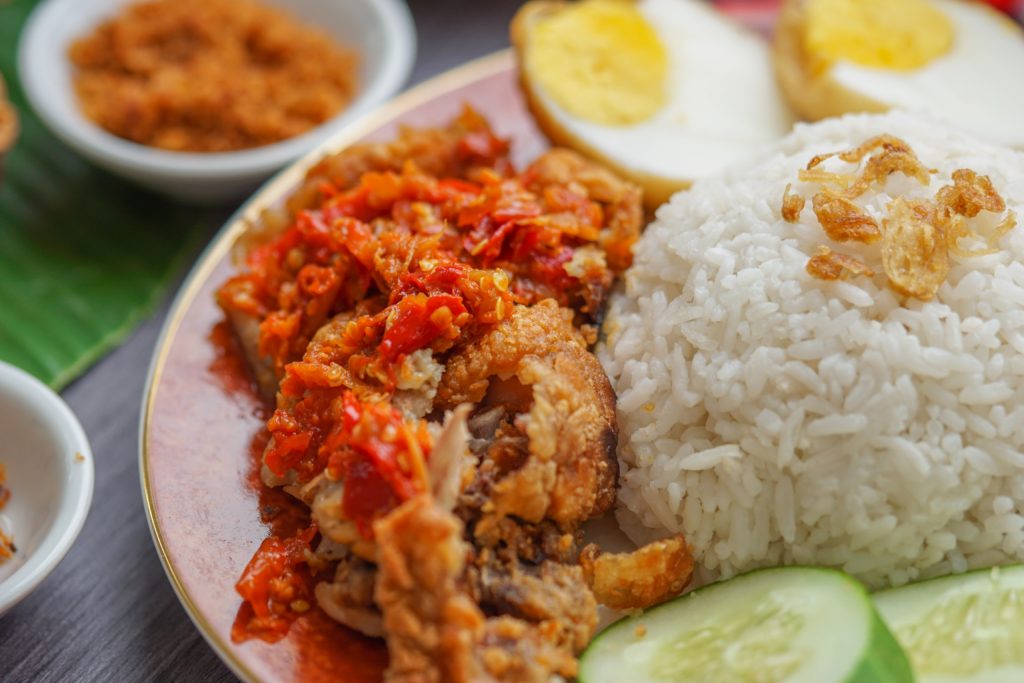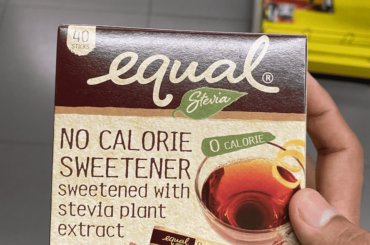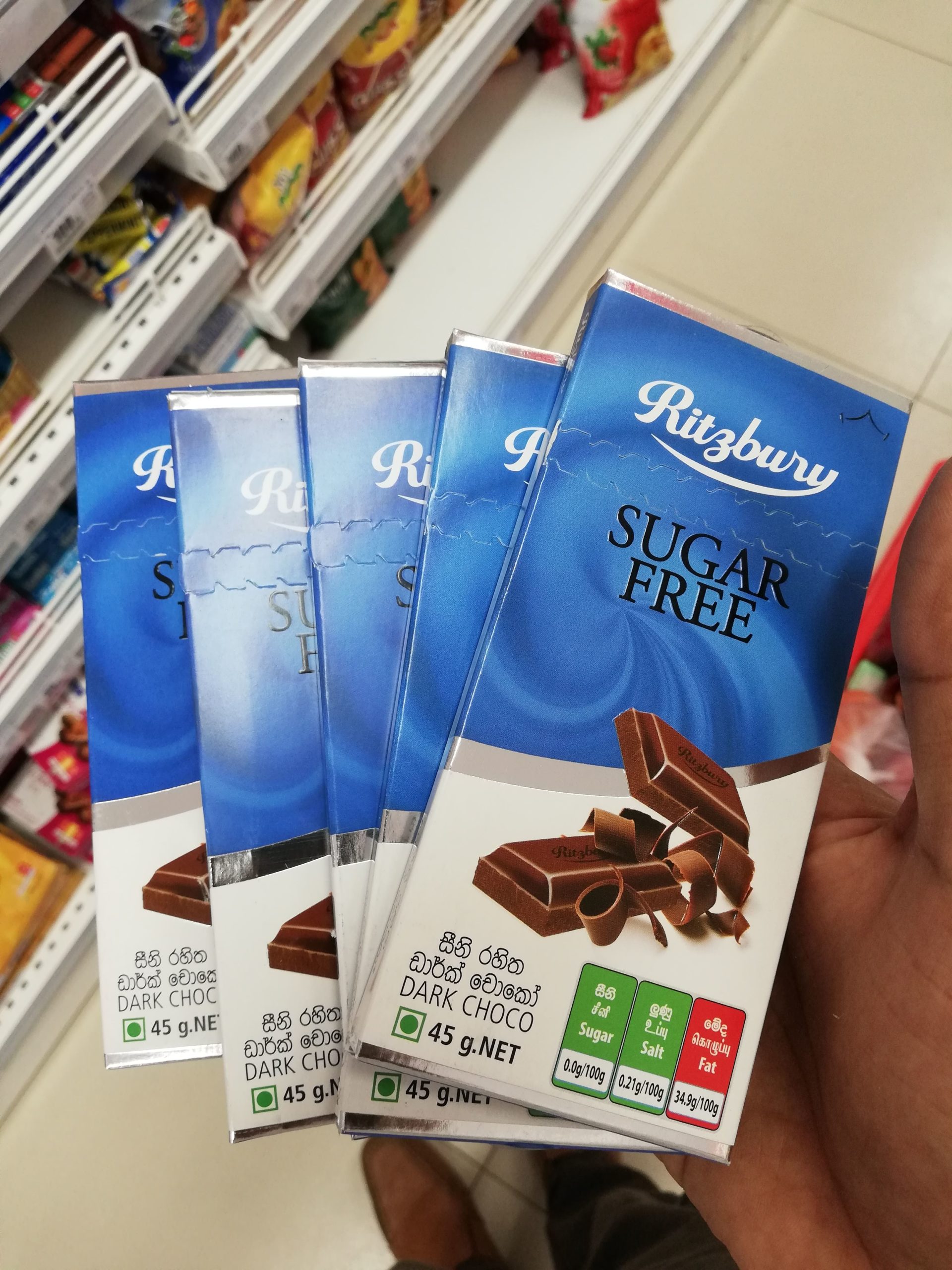As Asians, we are consuming large amounts of rice every day. The person living in a western country eats around 4-5 meals of rice per week. While people in some Asian countries like China and Japan eat around 4-5 meals of rice per day.
In Sri Lanka, an average person eats 2-3 meals of rice per day. Rice has intertwined with Sri Lankan culture for centuries, and we grow several different kinds of rice in Sri Lanka.
The gylcemic index of rice
Everything we eat has a glycemic index. It is a measurement of how fast the food can turn into glucose inside our stomach. With water being 0 and glucose being 100.
I’m planning to write a separate blog post about the glycemic index in future.
When you are selecting the food try selecting food with a glycemic index of 60 or less. With food with a glycemic index of less than 50 ideal.
When it comes to rice different kinds of rice has different glycemic index values. So here are some glycemic index values of commonly used rice types,
- Samba rice – 70
- Brown rice – 50
- Basmathi rice white – 79
- Basmathi rice brown – 52
- Bamboo rice – 20
Most of the rice that we get to consume nowadays are either Samba rice or Basmathi rice. They have a high glycemic index and not good for your health.Especially if you have diabetes.
Most of the white rice we eat today is prepared in a way that the fibres in the grain are removed to give it the polished appearance and to increase its flavour.However, this significantly increases the number of carbs that get absorbed to your body from the rice once inside your body.
What should I do?
The best thing is to limit your rice consumption. At least from three meals of rice per day to one meal of rice per day. Also try to consume rice with low glycemic index several days a week.
I’m yet to find a restaurant that includes low glycemic index rice in their menu. So if you are the preparing meals for your family try preparing these low glycemic index rice for the family.
While I was shopping for healthy food I came across several different varieties of rice with low glycemic index values available in popular supermarkets.
The products listed below are not sponsoring this post in any way.
I found some low glycemic index rice types in popular supermarkets while I was shopping for healthy food.
They can be expensive than the usual white rice, this is because they are difficult to produce. But unlike the white rice they have lot of fibre content and won’t raise your blood glucose levels.
How much rice should I eat in one meal?
When it comes to the amount, dieticians advise a healthy diet should contain 25% of carbs. Therefore, try to keep your rice content less than 25% of the total food on your plate.
I will talk in detail about how a healthy meal should look line in a different post. But keep your carbs less than 25% when you are eating for the time being.
I hope this gives you an idea about the type and amount of rice you should eat. And I’m sure you were eating rice the wrong way all this time.









4 Comments
Pingback: Smart Shopping Tips No One Told You For a Better Health - Go Grub It
Pingback: Here Is Your Guid To Healthy Meal Planning - Go Grub It
Pingback: Stop Eating These 5 Unhealthy Sri Lankan Food Right Now - Go Grub It
Pingback: Five Food Myths You Need Stop Believing Today - Go Grub It